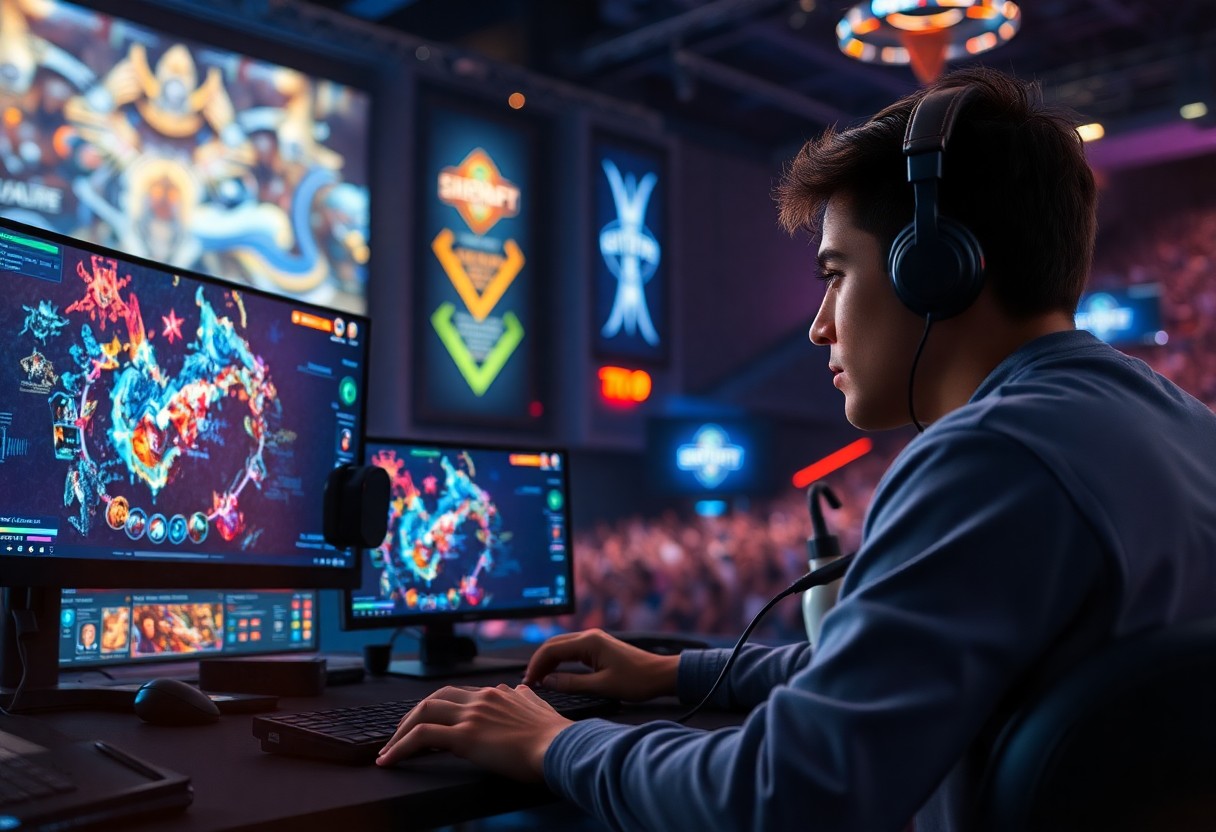Many gamers and esports enthusiasts recognize Starcraft 2 as one of the most challenging titles in the competitive gaming scene. Released by Blizzard Entertainment in 2010, this real-time strategy (RTS) game has captivated players due to its intricate mechanics, fast-paced gameplay, and the necessity for strategic acumen.
At the heart of Starcraft 2 is its sophisticated mechanics that demand a level of multitasking and precision that is often unparalleled in other esports games. Players must manage their resources meticulously, balancing gathering minerals and gas while simultaneously expanding their base, building units, and constructing buildings. This constant juggling of tasks requires players to develop exceptional time management skills and an adeptness at decision-making under pressure.
One of the standout features of Starcraft 2 is its emphasis on micro and macro management. Micro management refers to the player’s ability to control units with precision, executing tactics in real-time, and responding to opponents effectively during engagements. Players must harness their units’ strengths, avoid enemy fire, and maneuver strategically. By contrast, macro management involves the broader aspects of gameplay such as expanding the player’s economy, building unit production facilities, and maintaining a steady flow of resources to fuel their strategy. Excelling in both areas is paramount; if players focus too heavily on one, they risk falling behind on the other, leading to their eventual downfall.
The game’s mechanics also introduce a high level of strategic depth. Each of the three factions—Terran, Zerg, and Protoss—comes with its unique strengths and weaknesses, alongside distinctive units and abilities. Players must not only learn to master their chosen race but also develop a deep understanding of their opponent’s capabilities. This knowledge is vital in crafting effective counter-strategies and adapting on-the-fly to changing battlefield dynamics. The variety of matchups and strategies means that no two games play out the same, constantly refreshing the strategic landscape and keeping players on their toes.
Additionally, the concept of “apm” (actions per minute) plays a significant role in Starcraft 2’s difficulty. Top-tier players often boast over 300 apm, translating to executing hundreds of actions within a single minute. This rapid execution reinforces the need for not only strategic planning but also physical dexterity and muscle memory. As players ascend the ranks, they must continually refine their mechanics to keep pace with the competition, leading to a steep learning curve that can deter many would-be competitors.
Finally, a player’s mental fortitude is tested in ways that very few esports titles can replicate. The pressure of executing complex strategies while maintaining composure in critical moments can lead to mistakes that define the outcome of a match. High-stakes tournaments further amplify this tension, where a single lapse in concentration can lead to elimination from an event. As a result, Starcraft 2 players must not only be skilled tacticians and strategists but also be mentally resilient, embodying the comprehensive challenges that define this iconic esports title.
In a nutshell, the combination of intricate mechanics, the dual focus on micro and macro management, the diversity of strategic options, and the demands of high-speed execution render Starcraft 2 one of the most challenging esports games available today. For both seasoned veterans and newcomers, the game offers a unique and demanding experience that continues to be a defining pillar of the competitive gaming landscape.




